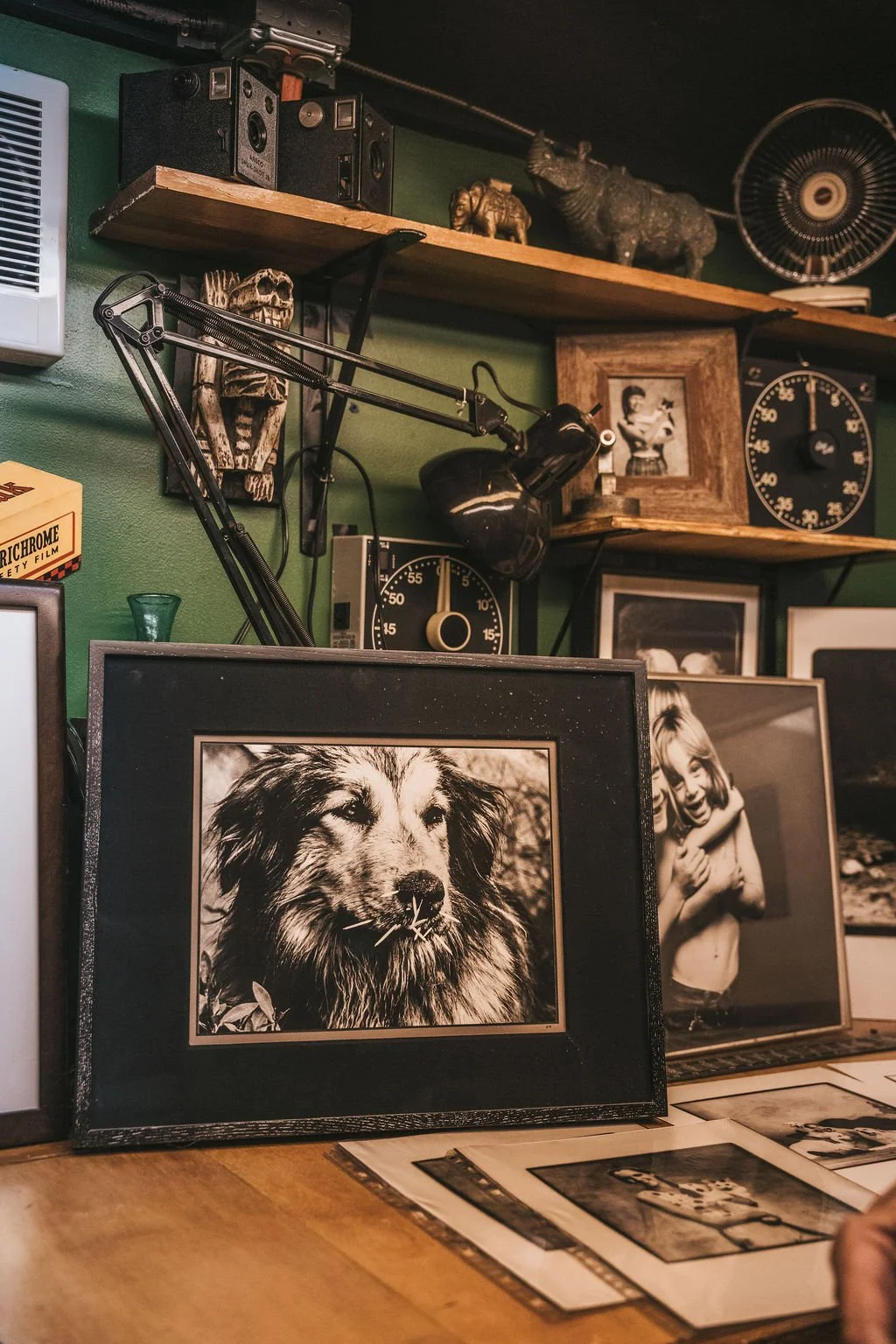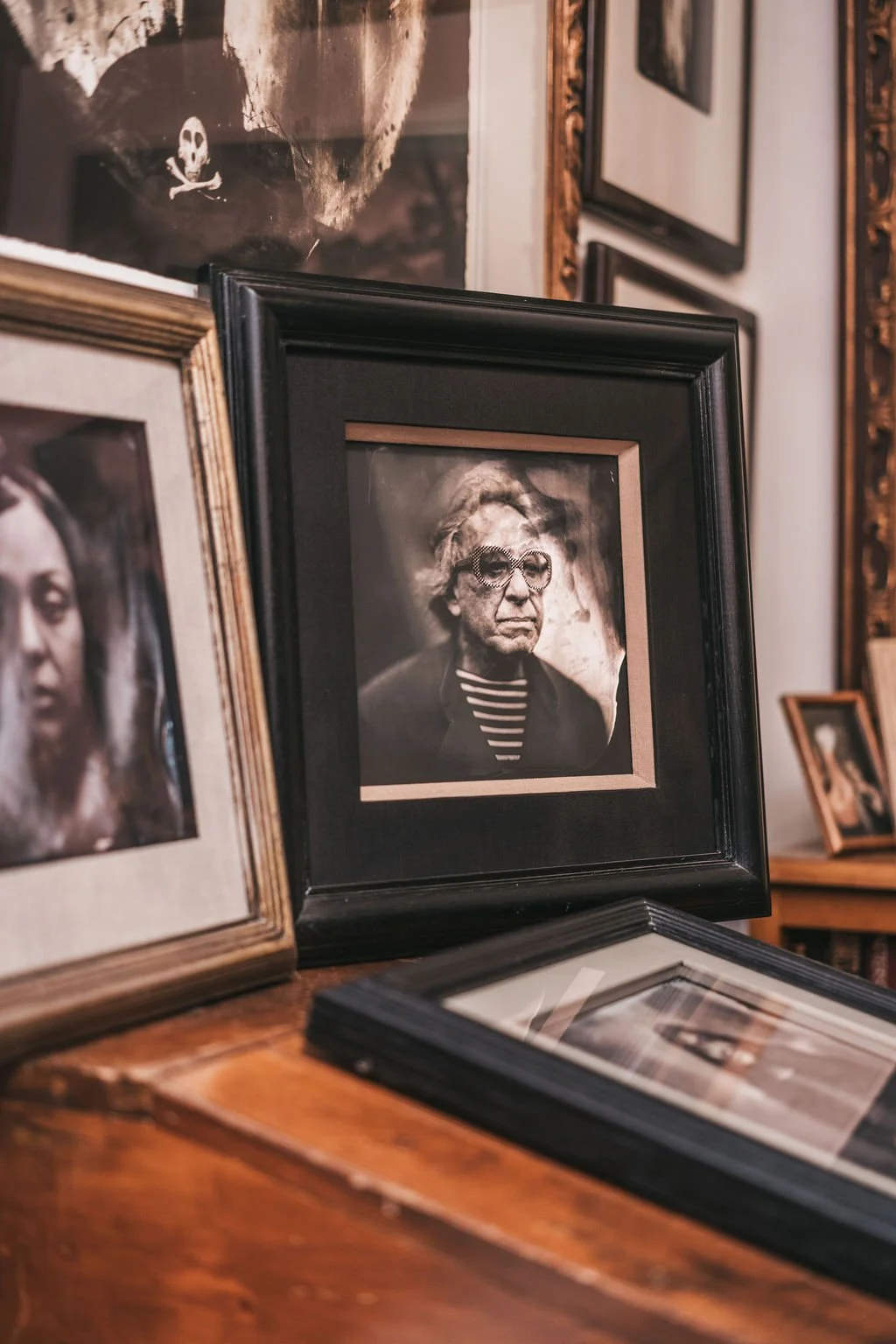Ken Merfeld : Portraits on the Edge
In 2011, inside a quiet classroom at ArtCenter College of Design, a group of new photography students sat waiting for a professor who hadn’t yet arrived. Among them was Making Waves founder and photographer Robiee Ziegler. The students didn’t know each other. They didn’t know what to expect. On each desk sat a small sheet of paper that asked a deceptively simple question:
“What do we see every day?”
Ten minutes passed in silence. No instructor. No explanation. Just the hum of fluorescent lights and the sound of pencils tapping. Then, without a word, a man walked in, turned off the lights, and left the room in darkness. Five minutes passed, an eternity when you have no idea what is happening. Then came the sound of a single match striking. Its flame lit up a man’s face.
“What do we see every day?” he asked.
A few guesses broke the silence. Someone said people. Another said color. A few murmured shadows.
He blew out the match. “Light,” he said simply. “You see light every day. You live in it. It shapes how you feel, how you move, and how you remember. Photography is not about taking pictures. It is about learning to notice light before you lose it.”
That was Ken Merfeld’s introduction, both as a teacher and as an artist.
A Los Angeles-based photographer, educator, and fine artist, Merfeld has spent decades teaching people how to see. His work challenges what beauty means and who gets to define it. He believes the cracks, imperfections, and quiet edges of life are not flaws to be hidden but truths to be illuminated.
Before his career began, Merfeld was living in the mountains of Sun Valley, Idaho, when he captured one of his first photographs: a dog named Puppy Dog, staring up at him with a mouth full of porcupine quills. “I felt more from that image than I did from two college degrees,” he once said. That moment changed everything. It reminded him that trust, emotion, and vulnerability are what make an image come alive.
Merfeld’s artistic philosophy was born from resistance. Raised in a strict Catholic school environment, he was told by teachers that he would never be an artist, that creativity was a distraction rather than a calling. “They took art away from me,” he has said. “When I finally picked up a camera, it was my way of taking it back.” His photographs became an act of rebellion against conformity and perfectionism, a lifelong pursuit of truth through imperfection.
Over the years, Merfeld’s camera has been drawn to people who live on the edge. His body of work includes portraits of drag performers, little people, bikers, and others whose lives exist just outside the conventional frame. He has also photographed more than one hundred fifty sets of identical twins, fascinated by the invisible connection between them, the way they finish each other’s sentences, dream the same dreams, and share a kind of mirrored intuition. He is drawn to what lies beneath the surface, to the layers that make us human. “If you can get through that door,” he says, “what is underneath is special. It is truthful, emotional, vulnerable, powerful.”
His decades in fashion photography taught him that beauty and imperfection are inseparable. “The truth often lies underneath,” he reflects. “If something is perfect, mess it up. That is how you give it soul.” That perspective led him to embrace one of the most challenging and archaic photographic methods in existence: wet plate collodion, a nineteenth-century process involving glass plates, volatile chemicals, and exposures long enough to make both subject and photographer hold their breath.



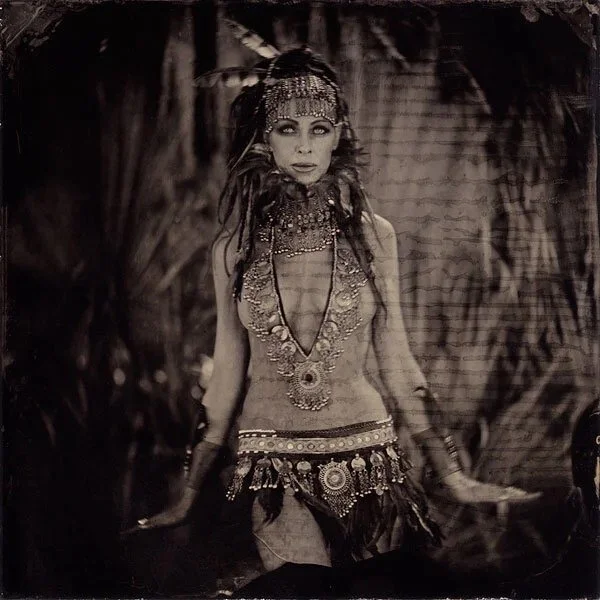
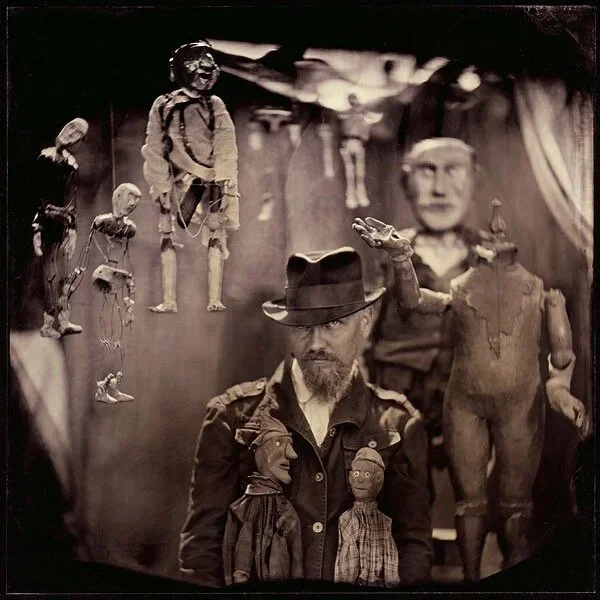
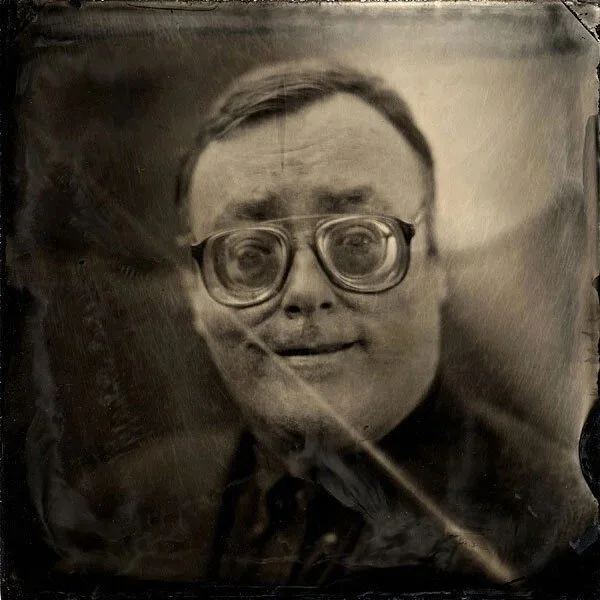
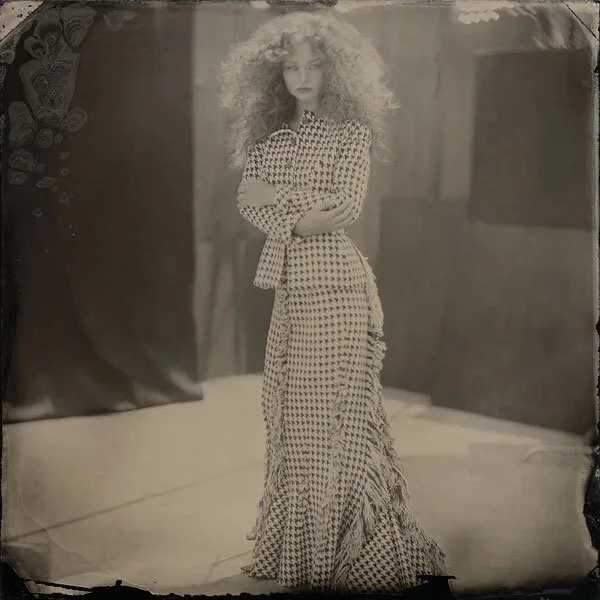











































While others raced toward the convenience of digital photography, Merfeld went the other way. “Digital felt soulless,” he said. “So I asked myself how far away from it I could go.” The answer was back to the 1800s, to a process that is part science experiment, part séance. Each photograph begins in darkness as he coats a glass plate with a syrupy collodion solution, then dips it into a bath of silver nitrate to make it light-sensitive. Once exposed, he rushes the plate, still wet, back into a darkroom where it is developed and fixed with potassium cyanide, a chemical so lethal that one drop in the wrong place can kill you.
He works alone in his collodion lab, no spectators allowed, because the risk is real. “A single mistake could end it,” he has said, recalling stories of early photographers who died from the fumes that powered their art. “We say we would die for our art, but I do not want to die because of it.”
And yet, despite the danger, he returns to the process again and again. There is something in that risk, in the tension between control and chaos, that gives the image life. Every plate is unique and impossible to replicate. Cracks, chemical burns, and streaks of silver are what some might call flaws, but Merfeld calls them soul.
“There are no mistakes in art,” he teaches. “Only new directions.”
It is through this philosophy that his work comes alive, unpredictable, haunted, and beautiful. His portraits shimmer like relics from another century, capturing something no digital sensor could ever hold: the weight of being seen, the energy between artist and subject, the soul made visible through danger and devotion.
Merfeld is an alchemist as much as a photographer. He transforms light, glass, and chemistry into human truth. Through decades of teaching, he has passed that belief on, that photography is not about technology but perception. It is about noticing the quiet miracles that happen in the space between risk and revelation.
In a world obsessed with clarity and perfection, Ken Merfeld’s work stands defiantly imperfect. His photographs breathe. They bleed. They shimmer with the kind of fragility that can only come from something made by hand, something made by heart.
For those who have ever stood before his lens or learned under his light, one truth remains: once you see the way Ken Merfeld sees, you never look at light, or life, the same way again.
This story was created by Making Waves Project as part of 13 Days of Strange, our series spotlighting the beautifully unusual people and projects shaping culture in ways big and small. By sharing these stories, we aim to honor the creativity, resilience, and vision behind the work and amplify voices that thrive in the strange, the bold, and the unforgettable.
If you or someone you know has a story that deserves to be part of Making Waves Project, we’d love to hear from you. And if you’re a brand interested in partnering with us to bring more stories like this to life, please reach out at hello@makingwavesproject.com
Follow along with the full 13 Days of Strange series on our Instagram and YouTube to make sure you never miss what’s next.
Photography by Robiee Ziegler
Produced by Katie Caro
Post production by Kelly Budish




